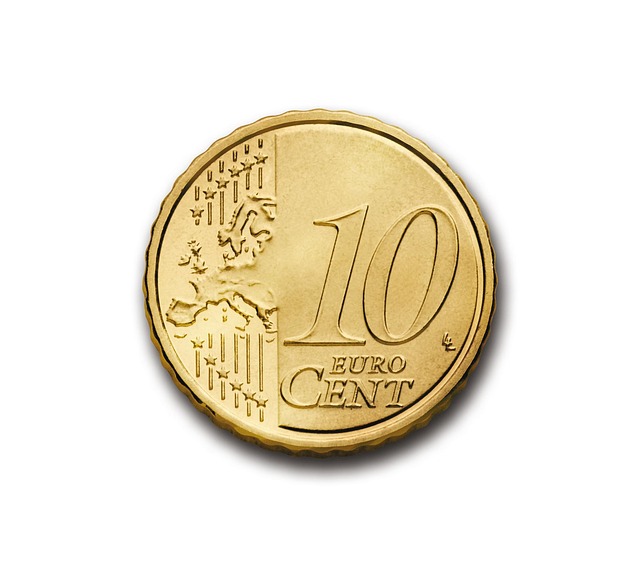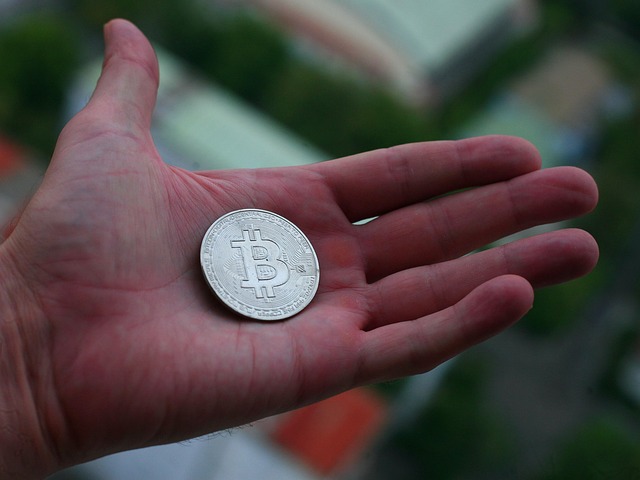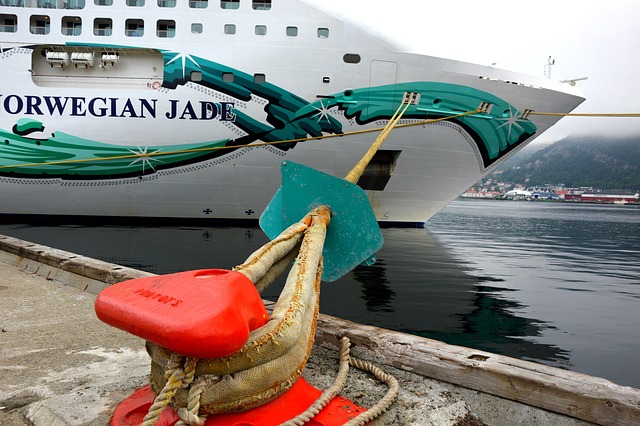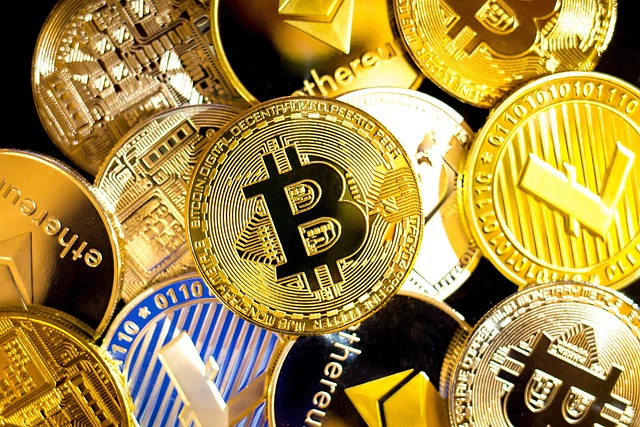International Horizons: Exploring Global Investment Opportunities
In an increasingly interconnected world, the landscape of investment opportunities has transcended geographic boundaries. Gone are the days when investors were confined to their domestic markets; today’s savvy investors are looking beyond their borders to capitalize on global economic trends. This article delves into the myriad facets of international investment, exploring the potential rewards and risks associated with venturing into foreign markets.
The Growing Importance of International Investments
The expansion of global investment is driven by several factors, including technological advancement, economic globalization, and the diversification needs of investors. As the world becomes more interconnected through trade agreements, communication technologies, and multinational corporations, understanding international markets has never been more crucial for investors.
One of the primary motivations for investing internationally is diversification. By spreading investments across various regions and economies, investors can reduce risk associated with their portfolios. For example, economic downturns in one country may be offset by growth in another, thereby stabilizing returns and protecting against significant losses.
Identifying Investment Opportunities Worldwide
Investment opportunities abound in different regions of the globe, each with its own unique characteristics, advantages, and challenges. Here, we explore several major regions that present compelling avenues for international investment:
Northern America
The United States and Canada are not only economic powerhouses but also offer a wealth of investment opportunities across various sectors, including technology, healthcare, and green energy. The U.S. remains a leading destination for venture capital investment, particularly in tech hubs like Silicon Valley. Meanwhile, Canada’s resource-driven economy presents opportunities in energy and natural resources, which are attractive to investors seeking stability and growth.
Europe
Despite facing economic challenges in recent years, the European Union boasts a large single market and a diverse array of investment opportunities. Countries like Germany and France are known for their robust manufacturing sectors, while others like the Netherlands and Sweden lead in technology and innovation. The recent movement towards sustainability in Europe has also opened doors in renewable energy sectors, making it an attractive landscape for environmentally-conscious investors.
Asia-Pacific
The Asia-Pacific region, led by countries like China, India, and Japan, is often seen as the epicenter of global growth. China, with its booming economy and massive consumer market, presents numerous investment opportunities across the consumer goods, technology, and renewable energy sectors. India is rapidly emerging as a hotspot for technology and start-ups, while Japan offers stability and advanced technology innovations. Additionally, Southeast Asian nations like Vietnam and Indonesia are gaining attention for their rapid economic growth and youthful demographics.
Latin America
Latin America is often underestimated but is rich with potential in sectors such as agriculture, mining, and energy. Countries like Brazil and Chile are key players in commodity exports, while Mexico’s manufacturing sector is a vital part of global supply chains. The political climate can sometimes pose challenges in this region; however, transforming economies present numerous opportunities for astute investors willing to navigate the risks.
Middle East and Africa
The Middle East is synonymous with vast oil reserves, but it is also diversifying its economy, with countries like the UAE and Saudi Arabia investing heavily in technology and tourism. The African continent, often overlooked, is brimming with opportunities in agriculture, telecommunications, and natural resources. Nations like Nigeria and South Africa are emerging as key players in the global market, with young populations driving innovation and consumption trends.
Understanding the Risks of International Investment
While the allure of international investments is palpable, it is essential to understand the risks involved. One of the most pressing challenges is political risk, which can impact investment conditions dramatically. Changes in government, economic policies, and regulations can create an unpredictable environment for investors.
Currency risk is another significant factor to consider. Fluctuations in currency exchange rates can erode the value of international investments. For instance, an appreciation of the U.S. dollar against another currency can reduce returns for U.S. investors investing overseas.
Additionally, cultural differences and economic disparities can lead to misunderstandings and miscalculations. Conducting thorough research and due diligence before making investments is paramount in mitigating such risks.
Strategies for Successful International Investing
Successfully navigating the international investment landscape requires diligent planning and strategic thinking. Here are some strategies to consider:
First and foremost, conduct thorough research. Understanding the economic, political, and cultural landscape of a target country can provide valuable insights and help mitigate risks. Stay informed about market trends, economic indicators, and geopolitical events that could influence investment conditions.
Consider diversifying across various asset classes and regions. A well-diversified portfolio can help reduce overall risk and improve returns. This may include a mix of equities, bonds, real estate, and local investments.
It is also wise to leverage local expertise. Partnering with local firms or seeking advice from investment professionals with experience in the target country can provide insights that are critical for making informed investment decisions.
Lastly, be prepared to adapt your investment strategy as needed. The global market is ever-evolving, and maintaining flexibility in your investment approach can better position you to capitalize on new opportunities as they arise.
The Role of Technology in International Investing
Technology is transforming the way investors approach international markets. Online trading platforms, robo-advisors, and fintech innovations have made it easier than ever for individuals to access foreign markets. Digital tools allow for real-time data analysis, helping investors make informed decisions quickly.
Moreover, blockchain technology is offering new avenues for cross-border transactions, reducing costs and mitigating risks associated with currency conversion and fraud. As these technologies continue to evolve, they are likely to shape the future of international investing, facilitating smoother and more efficient global commerce.
Conclusion: Embracing the Future of Investment
As the global economy continues to evolve, the opportunities for international investment are boundless. Whether tapping into emerging markets or leveraging technology in developed nations, investors have a myriad of choices available to them. While the risks are real, understanding the landscape and employing effective strategies can significantly enhance one’s potential for success.
Ultimately, the key to successful international investing lies in knowledge, adaptability, and a willingness to step outside one’s comfort zone. Embracing a global perspective may very well be the difference between average returns and exceptional performance in investment endeavors. In this age of globalization, the horizon for international investment is expansive, beckoning to those who are ready to explore and capitalize on what lies beyond their shores.










